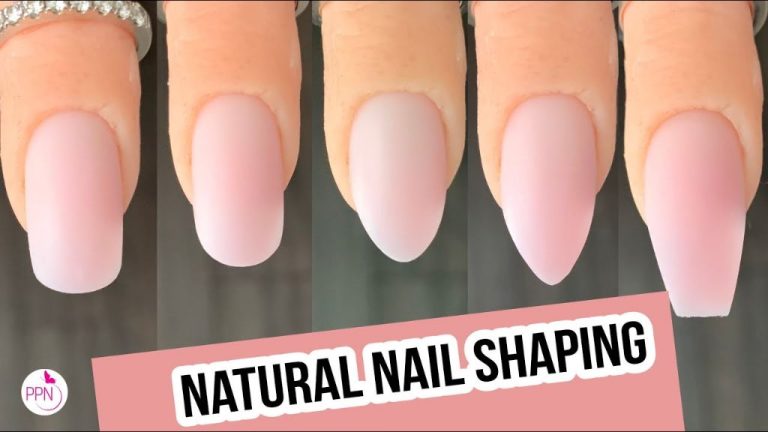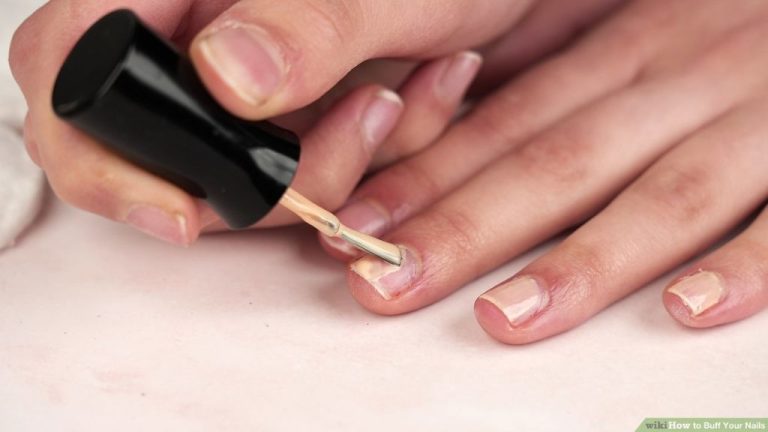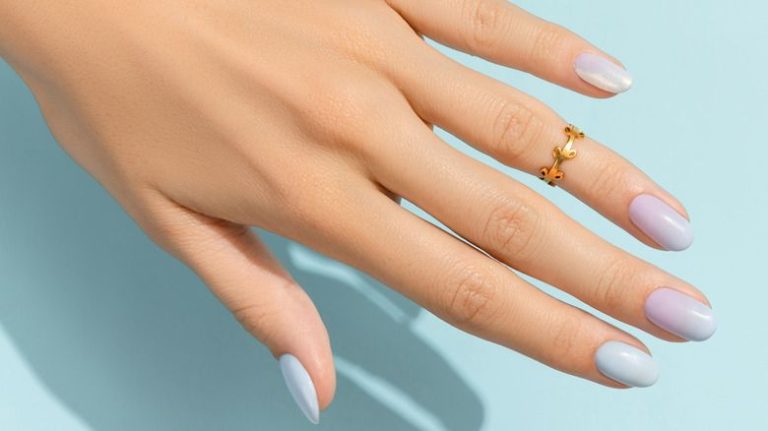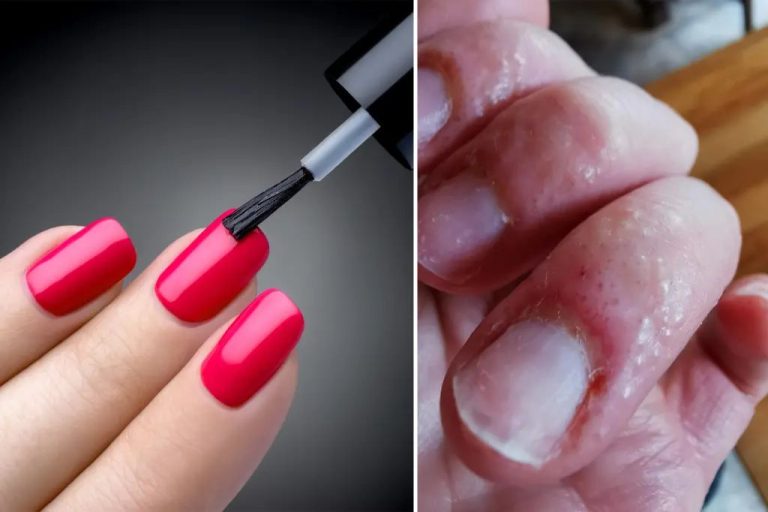Fun Facts About Nails: Did You Know…?
Nail Growth
Fingernails grow faster than toenails. According to a study published in the Journal of the American Academy of Dermatology, the average growth rate for fingernails is 3.47 mm per month, while toenails grow at an average rate of 1.62 mm per month.[1] The mechanisms that control nail growth speed are not fully understood, but fingernails grow about 3 times faster than toenails.[2]
Nail Composition
A nail is made up of different parts that all work together to grow and protect the nail.[1] The main parts are:
- Cuticle – The thin layer of skin that overlaps the nail plate and rims the base of the nail.
- Nail plate – The hard, translucent part that overlays the nail bed.
- Nail bed – The skin beneath the nail plate that contains nerves, lymph and blood vessels.
- Nail matrix – The hidden part under the cuticle from which cells divide to form the nail plate.
- Lunula – The whitish, half-moon shape near the base of the nail.
- Hyponychium – The thickened layer of skin beneath the free edge of the nail.
Understanding the anatomy helps nail technicians provide proper care and detect issues.
[1] https://www.nailpro.com/health/article/21157886/nail-anatomy-a-professional-primer-on-the-parts-of-the-nail
Nail Shapes
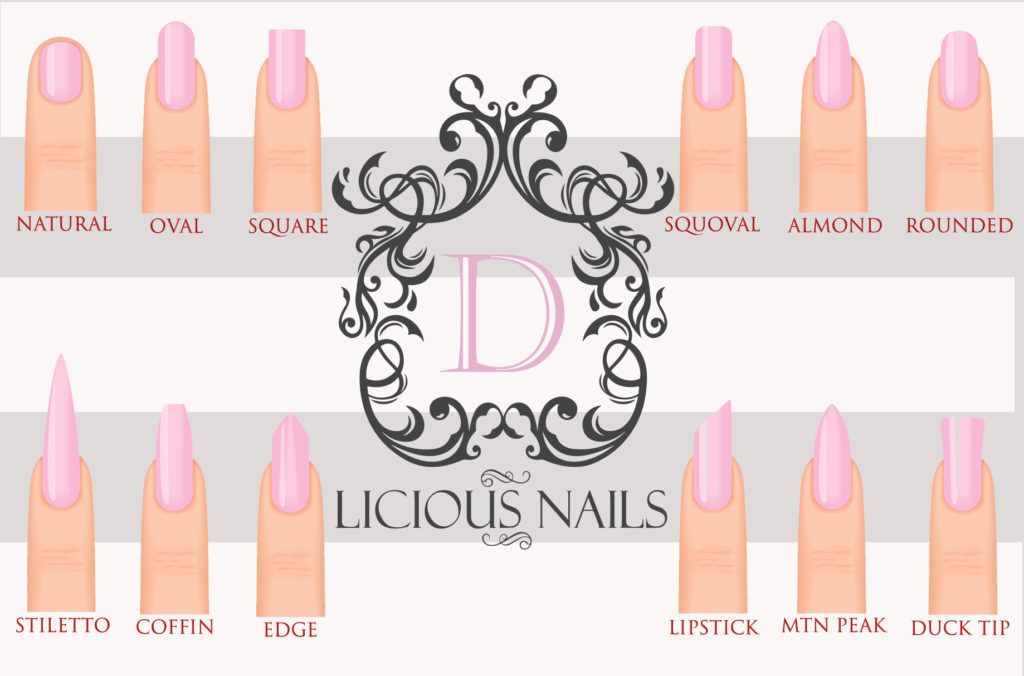
The shape of your nails can dramatically change the look of your hands. There are several common nail shapes that people get when getting manicures.
Some popular nail shapes include:
- Round – completely rounded at the edges and tip
- Square – straight sides with a flat tip
- Almond – oval base that comes to a point at the tip
- Squoval – a hybrid between square and oval shapes
- Coffin – rectangular with a flat top and straight sides
- Stiletto – long, dramatic, and sharply pointed
- Oval – rounded at the sides and tip, like an egg shape
The shape that is best for you depends on your nail beds, cuticles, and personal style preferences. Salon manicurists can help determine the most flattering nail shapes for your hands. Some shapes like stiletto and coffin require more maintenance to prevent breaking.
See this guide for illustrations of the different nail shape types.
Nail Health
Healthy nails are a sign of overall good health. Nails are made of keratin, which is a tough protein that also makes up the outer layer of skin and hair. There are a few key things that contribute to strong, healthy nails:
Proper nutrition – Getting enough protein, vitamins and minerals like iron, zinc and silica promote strong nail growth. A balanced diet with fruits, vegetables, lean protein, healthy fats and whole grains provides the nutrients for nail health (source).
Moisturizing – Keeping nails hydrated prevents brittle nails that crack and split. Using a moisturizing nail cream or cuticle oil helps retain moisture (source).
Avoiding damage – Preventing nails from excessive exposure to water, chemicals and UV rays protects them from breaking. Wearing gloves for cleaning and gardening helps avoid damage.
Proper trimming – Cutting nails straight across leaves a stronger tip. Rounding edges slightly prevents tears and hangnails. File nails gently in one direction.
Healthy habits – Not biting nails or picking at cuticles maintains nail integrity. Quitting smoking also benefits nail health and appearance.
Following proper nail hygiene and nutrition leads to strong, healthy nails resistant to cracking and peeling.
Nail Hardness
Human fingernails and toenails are incredibly hard and durable. The hardness comes from keratin, which is the same protein that makes up hair and the outer layer of skin. Keratin is arranged in tightly packed sheets and fibers that make nails very rigid and resistant to scratches and indentation.
The Mohs hardness scale ranks the hardness of minerals and other materials. Diamonds, which are the hardest material, rank 10 on the Mohs scale. Human fingernails rank 2.5-3 on the Mohs scale, making them as hard as copper coins. This means fingernails are hard enough to scratch zinc (2.5 on the Mohs scale) but can be scratched by common iron nails (4 on the Mohs scale) [1].
The hardness of nails comes from their high disulfide bond content. Disulfide bonds form very strong cross-links between keratin strands. Nails contain about 10-30% cysteine, the amino acid that contains sulfur atoms that make disulfide bonds. The more disulfide bonds in a keratin structure, the harder it becomes.
Even though nails are very hard, they can become brittle and peel or crack. This happens when the keratin structure breaks down due to damage or disease. Proper nutrition and nail care can help strengthen nails and prevent brittleness.
Nail Color
Nails can change color for a variety of reasons, some harmless and others indicating an underlying health condition. Bruising, infections, and vitamin deficiencies are some common causes of nail discoloration.
Dark or black nails may be caused by a blood blister or bruise under the nail after an injury. This is harmless and the discoloration grows out as the nail grows. Fungal infections can also turn nails yellow, brown, or black. According to dermatologists, the majority of nail discoloration is caused by fungal infections from dirt, dust, or impaired immunity (source).
Nails turning white can indicate a zinc or calcium deficiency. Half white, half pink nails may signal kidney or liver disease. Very pale nails can be a sign of anemia. Other underlying conditions like diabetes, psoriasis, and thyroid disease can also affect nail color (source).
In some cases nail discoloration is harmless, but significant or persistent changes in color, especially with other symptoms, warrant seeing a doctor to check for a potential health issue.
Nail Art History
The origins of painting nails and nail art can be traced back thousands of years. According to Wikipedia, the first record of nail art was from the Inca Empire (1438-1533) in South America, where the upper classes decorated their nails with intricate designs using natural dyes and jewelry (https://en.wikipedia.org/wiki/Nail_art). In ancient Egypt around 3200 BC, the lower classes wore pastel nail colors while the upper classes wore deep, red tones made from henna. In China during the Ming Dynasty (1368–1644), long nails were status symbols among royals who decorated them with elaborate nail guards made of gold and jewel-encrusted art.
Nail art became popular in the U.S. starting in the 1930s when automotive paints were adapted for polishes. French manicures became trendy in the 1970s. Nail stickers, decals, and embellishments grew in popularity in the 1980s and 1990s. According to Harper’s Bazaar, today nail art is a huge trend fueled by social media, celebrity influence, specialized tools, and talented nail artists around the world (https://www.harpersbazaar.com/beauty/nails/a44380670/nail-art-history/).
Longest Nails
The record holder for the longest fingernails is Diana Armstrong (USA) from Minneapolis, Minnesota. As of August 2022, she has the longest fingernails ever measured at 1306.58 cm (42 ft 10.4 in), as verified by Guinness World Records [1]. Diana has been growing her nails for over 25 years. Her right thumbnail is the longest at 177.1 cm (5 ft 9.9 in).
The previous record holder was Lee Redmond (USA), who started growing her nails in 1979. At their longest, they measured 865 cm (28 ft 4.5 in) in 2008. However, Lee lost her nails in an automobile accident in 2009.
On the men’s side, Shridhar Chillal (India) held the record for longest fingernails from 1998-2018 at a total length of 909.6 cm (29 ft 10.1 in). The longest nail, his thumbnail, measured 197.8 cm (6 ft 6 in).
Weird Nail Facts
Did you know that nails can give clues about your health? According to research, ridges and white spots on nails may indicate health issues like anemia or calcium deficiency (source). Fingernails also grow faster in the summer than winter due to increased blood circulation from warmer temperatures (source).
Some more unusual nail trivia: the longest fingernails ever recorded were over 28 feet long! Lee Redmond from the USA held this Guinness World Record title with a combined length of 28 feet 4.5 inches before losing her nails in a car accident (source).
Finally, nails grow at different rates – the middle finger nail grows the fastest, while the thumb nail grows slowest. This is likely due to differences in blood supply to each finger (source).
Nail Care Tips
Keep your nails healthy and strong with these expert tips:
Trim nails straight across to avoid ingrown nails. Use a high-quality nail clipper and file to smooth edges (Tips for healthy nails).
Moisturize nails and cuticles daily with a nutrient-rich cream or oil to prevent cracking and splitting (Fingernails: Do’s and don’ts for healthy nails).
Protect nails from damage by wearing gloves for wet work and applying a base coat before polishing.
Avoid removers with acetone, which can dry out nails. Use a gentle, acetone-free nail polish remover instead.
Allow nails to breathe by going polish-free every few weeks. This prevents discoloration and brittleness.
Eat a balanced, nutrient-rich diet with vitamins and minerals that support nail health like iron, zinc, biotin, and selenium.
Stay hydrated by drinking plenty of water to keep nails flexible and prevent cracking.
Avoid bad nail habits like biting, peeling, or picking, which can damage the nail bed. Use a file instead.
See your doctor if you notice changes in nail color, shape, or texture, which can indicate an underlying condition.


